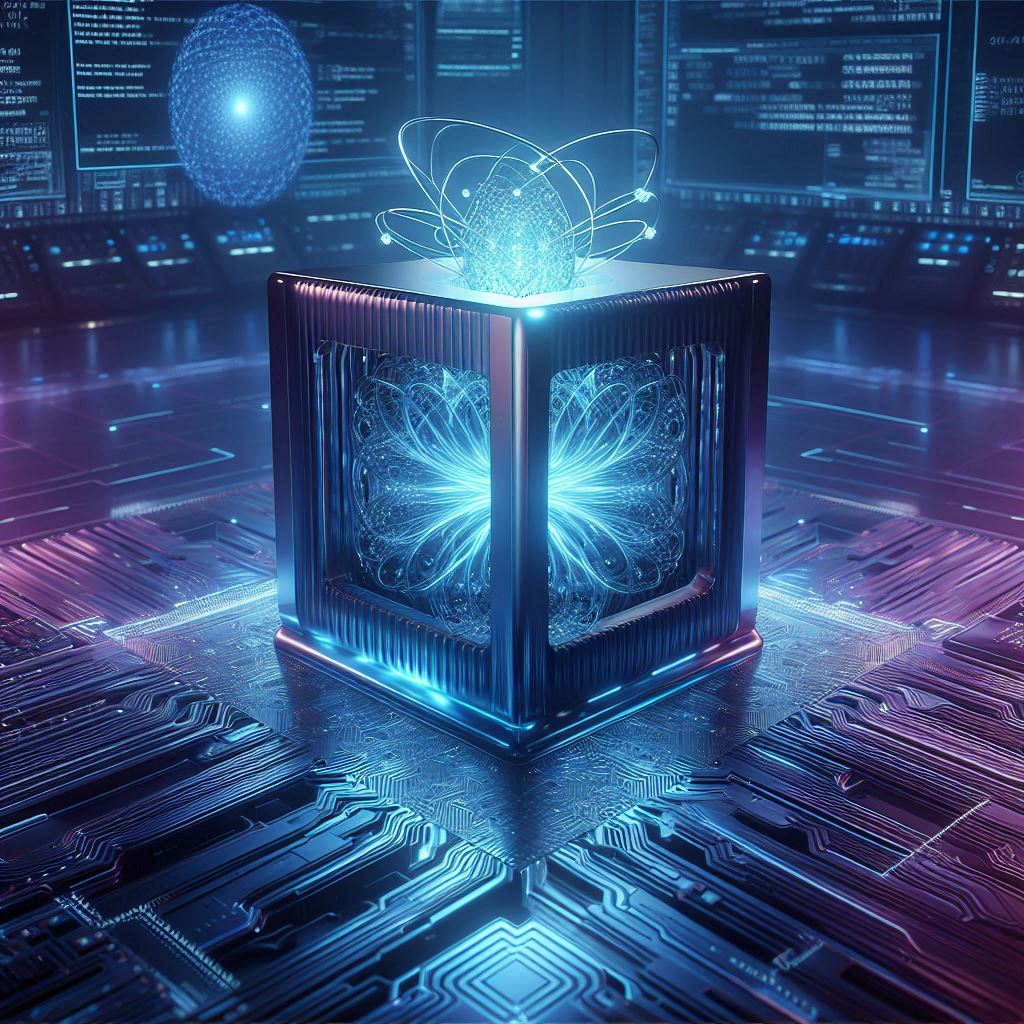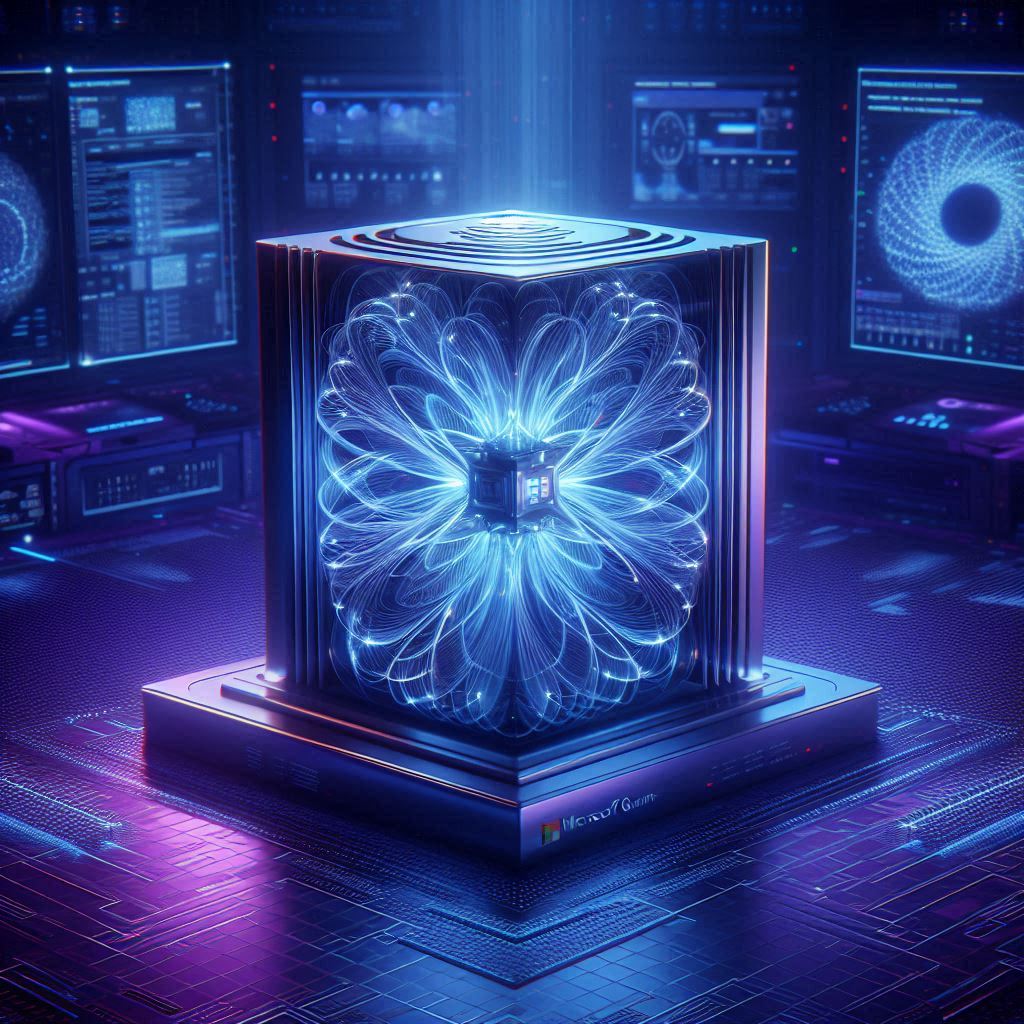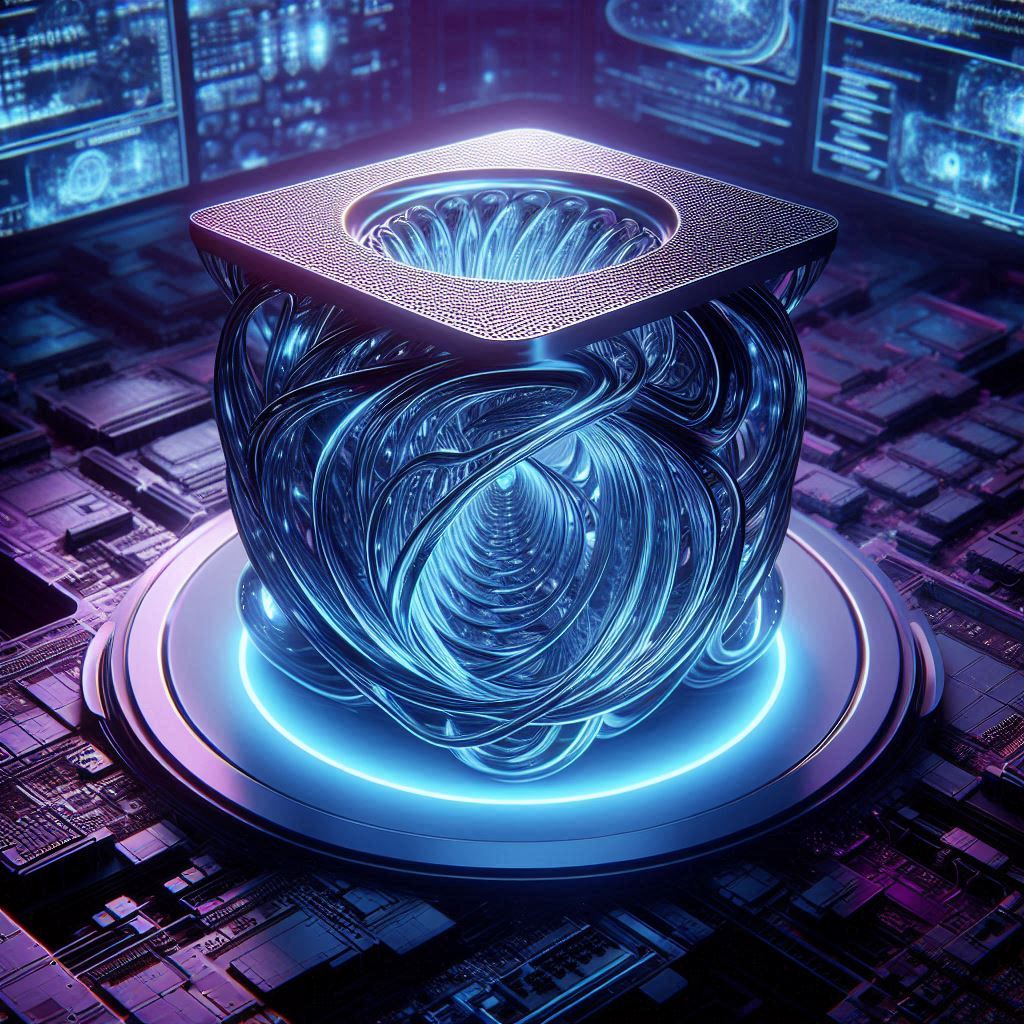Microsoft’s Quantum Computing Revolution
The Power of Topoconductors
Let me start with a confession: I almost spilled my coffee when I read about Microsoft’s new quantum computer. Not because I’m a quantum physics whiz (I barely passed high school chemistry), but because this thing runs on something called a topoconductor. Seriously, it sounds like a rejected Marvel supervillain. But here’s the kicker: This tech might actually change your life. Let’s cut through the jargon and talk about why—no PhD required.
Quantum Computing for People Who Hate Math
Look, I get it. Quantum computing is weird. My brain still short-circuits when I try to visualize a qubit. But let’s simplify: Imagine you’re at a buffet. A regular computer is like picking one dish at a time. A quantum computer? It’s loading up every plate simultaneously and figuring out which combo tastes best. That’s superposition for you—doing a million things at once.
But here’s the problem: Qubits are like overcaffeinated toddlers. A loud noise? They crash. A tiny temperature shift? Meltdown. Most quantum computers need to be locked in a freezer colder than my ex’s texting habits to function. Until now.
Microsoft’s “Unbreakable” Qubits: Finally, Something That Works
Microsoft’s big win isn’t just another quantum computer—it’s stability. They’re using topological qubits, which I’ll translate as “qubits with armor.” Instead of fragile particles, they store data in braided paths of quantum stuff (think of it like cosmic friendship bracelets). These twists make the qubits resistant to noise. Translation: Fewer errors, fewer tantrums.
Dr. Chetan Nayak, a lead researcher, put it best: “This isn’t an upgrade—it’s reinventing the wheel.” And honestly, after years of hearing “quantum revolution” with little to show? I’ll take it.

The Topoconductor: Your New Favorite Sci-Fi Plot Device
So what’s a topoconductor? Let’s ditch the lab-coat lingo. Imagine a material that’s like a bouncer at a club: It lets electrons party on the surface but blocks them from causing chaos inside. Microsoft’s using Majorana fermions (yes, that’s a real term) to make this happen. These particles are like quantum ghosts—they exist in two places at once and cancel out noise.
Why does this matter? Well, remember how your Wi-Fi cuts out when the microwave’s on? Topoconductors fix that problem but for quantum computers. They’re the ultimate wingman, keeping qubits focused and drama-free.
Real-World Magic: What This Means for You
Okay, cool science—but will this help you binge Stranger Things faster? Not directly. Here’s where it gets wild:
Medicines in Months, Not Decades: Simulating molecules for new drugs could go from “lifetime project” to “weekend experiment.” Imagine curing diseases before they trend on TikTok.
Climate Tech That Actually Works: Designing carbon-capture materials or predicting hurricanes with scary accuracy.
Hack-Proof Everything: Quantum encryption could make your passwords as unbreakable as my grandma’s meatloaf recipe.
Microsoft’s Krysta Svore says they’re “building tools for problems we haven’t even named yet.” And after the year I’ve had? Sign me up.
The Elephant in the Lab: Why This Isn’t Perfect
Let’s not get ahead of ourselves. Quantum computing still has more hype than a TikTok influencer’s skincare line. Even with topoconductors, scaling to millions of qubits is like asking a toddler to run a marathon. And these machines? They need temps near absolute zero. Good luck sneaking that into your home office.
Plus, there’s the “quantum winter” risk—big promises, little delivery. (Looking at you, crypto bros.) But here’s the thing: Microsoft’s approach feels less like a moonshot and more like building a ladder first.
Why I’m (Cautiously) Obsessed
I’ll admit it: I’m a skeptic. I’ve seen enough “game-changers” flop to last a lifetime. But topology? It’s different. Unlike IBM and Google’s brute-force qubit races, Microsoft’s betting on reliability. And in a world where my phone crashes if I open too many tabs? Stability matters.
Imagine a future where quantum computers:
Design custom cancer treatments for your DNA.
Optimize traffic lights so you’re never stuck behind a minivan again.
Simulate alien ecosystems just to see if we’re alone.
It’s not about speed—it’s about solving the unsolvable.

Your Move: How to Geek Out Without Sounding Like a Robot
You don’t need to understand quantum physics to care. Here’s your action plan:
Follow the Drama: Microsoft’s quantum blog is surprisingly readable (and less dry than your aunt’s Thanksgiving turkey).
Brag at Parties: Drop “topoconductor” into conversations. Watch eyebrows raise.
Stay Curious: Ask dumb questions. My favorite: “If quantum computers are so smart, why can’t they fix my Wi-Fi?”
Got hot takes? Share ’em below! And if you’re into this stuff, smash that share button. Let’s make “topoconductor” the next “metaverse.”
P.S. If you’re still confused about qubits, think of them as that one friend who says “I’m fine” but is clearly multitasking a crisis. Quantum physics, man.
Dive Deeper (Without Falling Asleep):
Microsoft’s Quantum Blog (No paywall, I promise)
Majorana Fermions for Dummies (Yes, it’s a real article)
Keywords you’ll actually search: Microsoft quantum computer, what is a topoconductor, quantum computing for beginners, future of medicine, unbreakable encryption
Call to Action:
“Still think quantum computing is just for nerds? Tag someone who needs to read this. And hey—if you’ve got a burning question (or a joke about Schrödinger’s cat), drop it in the comments. Let’s make this the least boring tech convo on the internet.”

